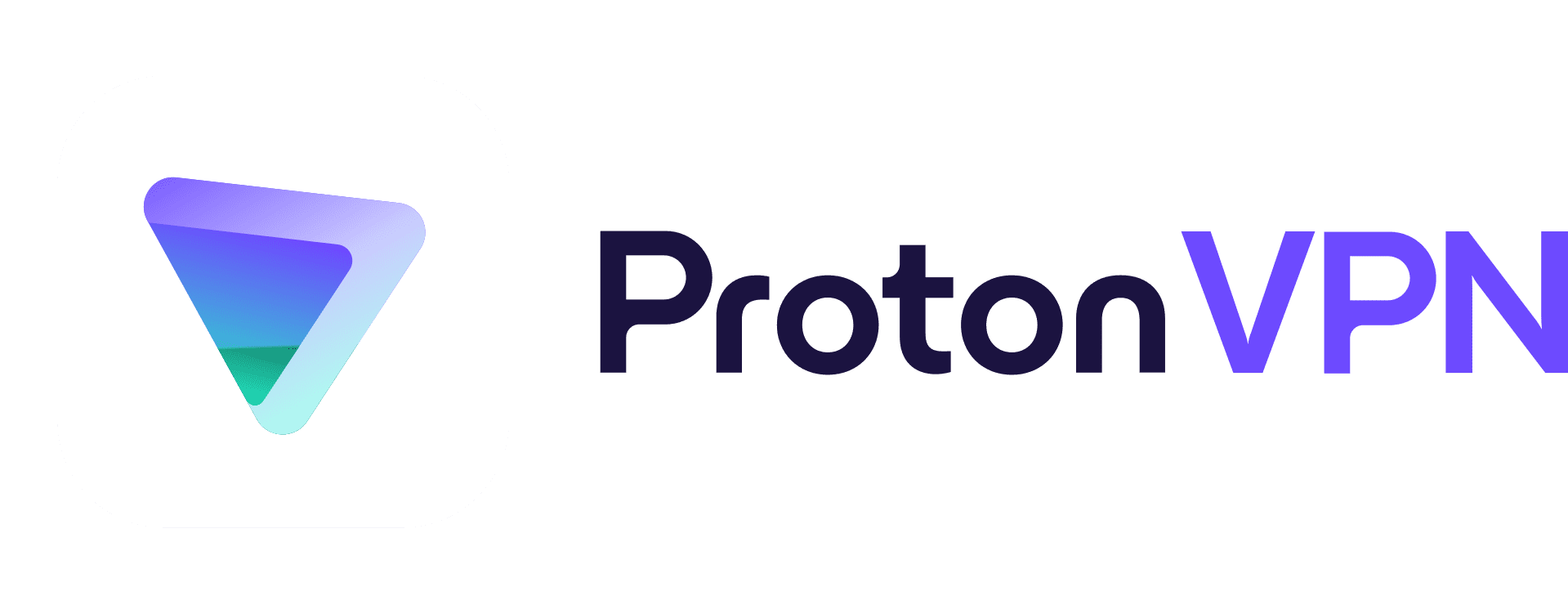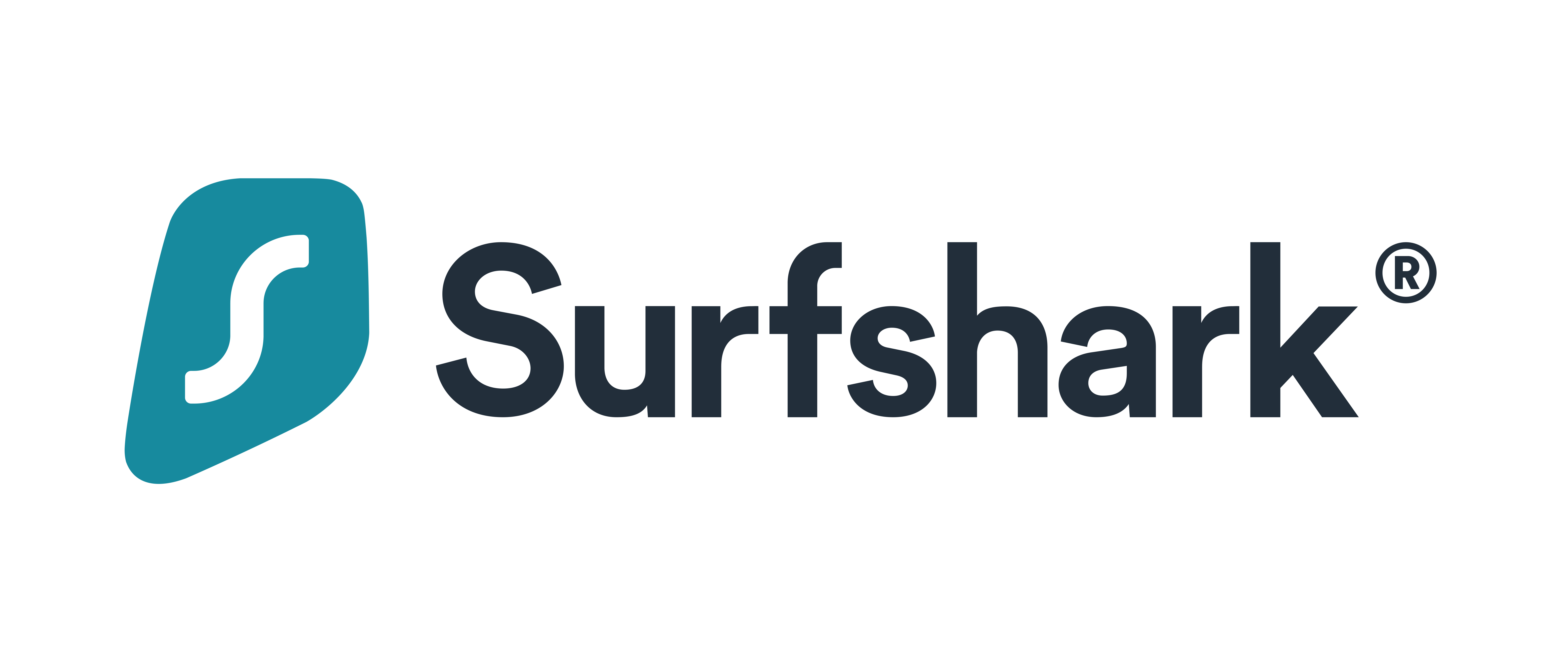Sometimes, our internet freedom is restricted when we come across blocked websites. But fear not. With these easy steps, you can unblock any website and access it with ease.
Whether it’s for work, school, or just to satisfy your curiosity, this tutorial will guide you through the process of bypassing those pesky blocks. Don’t let censorship stand in your way – follow along and unlock the full potential of the internet.

NordVPN
✔️ Thosuands of Servers in 60 Countries
✔️ 100% No-Logs Privacy
✔️ 67% off 2-Year Plans and UberEats Voucher

ProtonVPN
✔️ Thosuands of Servers in 70+ Countries
✔️ High-speed VPN for Gaming or Streaming
✔️ 50% off 2-Year Plans

Surfshark
✔️ 3000+ Servers in 50 Countries
✔️ 100% No-Logs Privacy
✔️ 79% off + 2 Months Free
Identifying Blocked Websites
The first step in unblocking a website is identifying whether it is actually blocked or not. Sometimes a website may appear inaccessible due to network issues or technical problems. Here are some signs that indicate a website might be blocked:
- Error Message: If you receive an error message stating that the webpage is unavailable or could not be found, it could mean that it is either temporarily down or blocked.
- Redirected to Another Site: In some cases, when trying to access a blocked website, you may get redirected to a different site altogether. This redirection often occurs when the blocking technology used by the organization detects your attempt at accessing the blocked site.
- No Response: If a website doesn’t load at all or takes too long to load without displaying any error message, it could suggest that it is being actively blocked.
Different Types of Website Blocks
The next step is understanding what type of block is preventing you from accessing the desired website. Generally, there are three types of blocks:
- IP-based Block: This type of block is based on your device’s IP address, which is a unique identifier assigned to every device connected to the internet. If your IP address matches a list of blocked addresses, you will be denied access to the website.
- DNS-based Block: DNS or Domain Name System translates domain names into numerical IP addresses. A DNS-based block works by preventing your device from resolving the domain name of the website, making it seem like the site doesn’t exist.
- URL-based Block: This type of block involves blacklisting specific URLs or web addresses. When you try to access a URL that has been blocked, you will receive an error message or get redirected to a different site.
Bypassing IP-Based Blocks
If your preferred method of accessing the internet is via a personal computer, then bypassing an IP-based block can be easily done through using a virtual private network (VPN). A VPN creates an encrypted tunnel between your device and the internet, masking your real IP address and making it appear as though you are accessing the internet from a different location.
How to Use a VPN
To use a VPN, follow these simple steps:
- Click on the connect button and wait for the VPN to establish a connection.
- Once downloaded, open the VPN application and enter your login details if required.
- Select and download a reputable VPN service onto your device. Some popular options include ExpressVPN, NordVPN, and Surfshark.
- Once connected, you can now access blocked websites without any restrictions.
- Select a server location from where you want to connect to the internet. It’s best to choose one that is outside of your current country for maximum anonymity.
Note: While using a VPN can effectively bypass IP-based blocks, it is important to choose a reputable and trustworthy service to ensure your online safety and privacy.
Bypassing DNS-Based Blocks
If your device’s DNS settings have been modified or hijacked, you may encounter difficulty in accessing certain websites. In such cases, changing your DNS settings manually can help you bypass the block. Here are two ways to change your DNS settings:
MethodChange Your DNS Settings on Windows
- In the Properties window, select Internet Protocol Version 4 (TCP/IPv4) and click on Properties.
- In the next window, under the General tab, checkmark Use the following DNS server addresses. Enter Google’s public DNS addresses as follows – Preferred DNS server:
- 8.8; Alternate DNS server:
- 4.4.
- Go to Control Panel and select Network and Internet.
- Right-click on your active internet connection and select Properties.
- Select Network and Sharing Center, then click on Change adapter settings from the left-hand side menu.
This will change your default DNS settings to Google’s public servers, which are known to be reliable and fast. You should now be able to access blocked websites through their domain names instead of their IP addresses.
MethodUse a Third-Party DNS Service
If you don’t want to manually change your device’s DNS settings, you can opt for a third-party DNS service. These services work by intercepting your device’s DNS requests and resolving them through their own servers. Some popular third-party DNS services include OpenDNS, AdGuard, and Cloudflare.
Bypassing URL-Based Blocks
To bypass URL-based blocks, there are several methods you can try depending on the type of block used:
MethodUse a Proxy Server
A proxy server acts as an intermediary between your device and the internet. It works by hiding your real IP address and relaying your requests through a different IP address that is not blocked. Here’s how to use a proxy server to bypass URL-based blocks:
- You can now navigate through the blocked website using the proxy server without any restrictions.
- The proxy will fetch the requested website and display it on its page.
- Search for a free web proxy service online (some popular options include ProxFree, HMA! Proxy, and Hide.me).
- Once on the proxy website, enter the URL of the blocked site in the provided field.
MethodUse a Virtual Private Network (VPN)
In addition to bypassing IP-based blocks, VPNs can also be used to bypass URL-based blocks by changing your virtual location. This method works well if the blocked website is only restricted in certain countries or regions.
MethodChange Your Browser’s User Agent
User agents are pieces of code that identify which web browser is being used when accessing a website. By changing your browser’s user agent, you can trick the website into thinking that you are using a different browser or device, thereby bypassing URL-based blocks. Here’s how to change your user agent:
- In the settings menu, look for User Agent or Browser Identification.
- Select a different user agent from the available options (e.g. if you are using Google Chrome, try switching to Firefox).
- Open your web browser and go to its settings.
Note: This method may not always work as some websites use advanced methods to detect user agents and block them accordingly.
Closing Thoughts
The internet is meant to be an open and accessible space for all users. However, with increasing censorship and restrictions being imposed on online content, gaining access to blocked websites has become a common problem. By following the methods outlined in this tutorial, you can effectively unblock your internet freedom and gain access to any website you desire. Whether it’s through using a VPN, changing DNS settings, or employing other techniques, these simple steps can help you navigate around any blocks and enjoy an unrestricted browsing experience.
We hope this tutorial has been helpful in providing you with the tools and knowledge needed to access blocked websites. Remember to always prioritize your online safety and privacy by choosing reputable services and being cautious when navigating unknown sites.

- ✔ Connect Unlimited Devices Devices
✔ 3000+ Servers in 50 Countries
✔ 100% No-Logs Privacy
✔ 79% off + 2 Months Free

- ✔ Connect Up-To 6 Devices
✔ Thosuands of Servers in 60 Countries
✔ 100% No-Logs Privacy
✔ 67% off 2-Year Plans and UberEats Voucher

- ✔ Connect Up-To 10 Devices
✔ Thosuands of Servers in 70+ Countries
✔ High-speed VPN for Gaming or Streaming
✔ 50% off 2-Year Plans
How Can I Unblock a Specific Website on My Computer Or Device?
- You can also try accessing the website through a different browser, clearing your browser’s cache, or using a proxy server to unblock it.
- Another option is to use a virtual private network (VPN) which can bypass any restrictions and allow you to access the website.
- One way to unblock a website is to adjust your internet settings and disable any filters or restrictions that may be blocking it.
Are There Any Free Methods Available to Unblock Websites That are Restricted in My Area Or By My Internet Service Provider?
Yes, there are a few free methods available to unblock restricted websites. You can try using a virtual private network (VPN) service or a proxy server to mask your IP address and access blocked sites. Another option is to change your DNS settings or use the Tor browser for anonymous browsing. However, it’s important to note that these methods may not always work and could potentially compromise your online security. It’s best to use caution when accessing restricted websites.